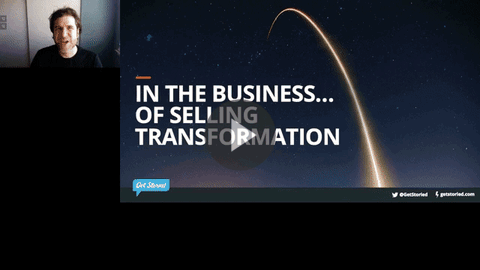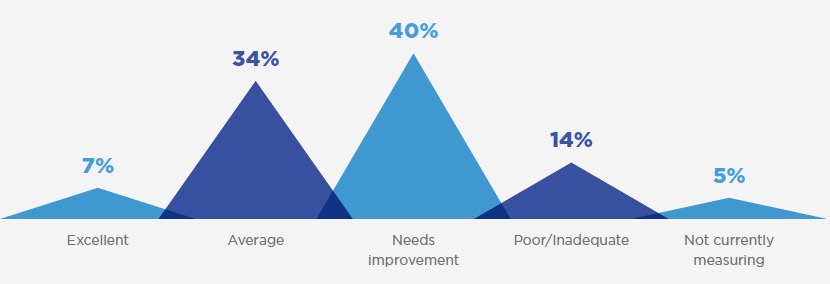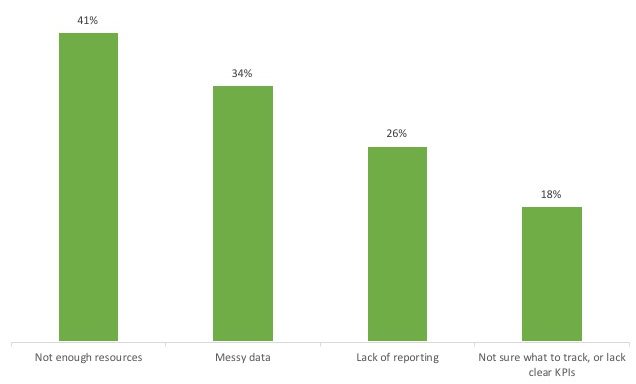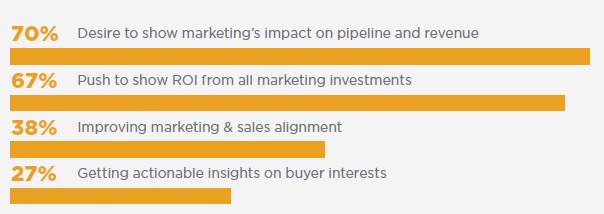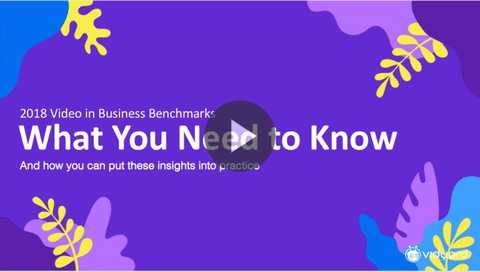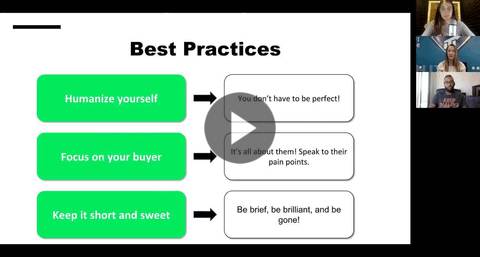In May of 2018, Michael Margolis received a LinkedIn invite from a stranger. He accepted, then noticed that he and the man had grown up in the same tiny Swiss town.
“Small world!” Michael messaged Ayhan. Over the next forty-five minutes, they went from strangers to friends.
Their bond was no accident: –in sharing their stories, they’d grown closer, and as CEO of marketing agency Get Storied, Michael helps companies like Marketo, Facebook, and Bloomberg reproduce the uncanny feeling of kinship in their marketing.
Your videos need a real story
“Customers today are constantly barraged by strangers,” says Michael. “They need a reason to relate, or you’ll lose them.” Yet the products most marketers sell, especially in tech, are about as tangible as cotton candy dunked in water.

Stories give prospects something concrete to hold onto. Our brains are biologically hard-wired to understand and remember our world in terms of heroes, villains, conflict, and resolution. But while “storytelling” has been a buzzword for decades, it takes more than colorful anecdotes or relatable analogies to drive prospects to buy. In truth, many salespeople and marketers get it just plain wrong by peddling fear, uncertainty, and doubt.
Fear makes prospects resistant to new ideas because it drives up their cortisol levels
“Fear makes prospects resistant to new ideas because it drives up their cortisol levels,” says Michael. “That’s the last thing you want. Instead, marketers need to elicit the so-called love molecule, oxytocin, which makes people curious.”
You can do that with real stories. Here’s how.
Michael’s 3-step storytelling method
1. Provide context
Whenever prospects watch your videos, they ask themselves questions such as, is this relevant? Do I belong in this story? And, do I trust the person who produced this? These questions are an attempt to determine your intentions in order to decide whether or not to believe your message. Or, as Michael puts it, “Are you trying to sell me sh*t or do you give a sh*t?”
You can make your good intentions public by sharing your story. Good stories reveal the underlying motivations of the characters involved, like how readers of the Harry Potter series learn that Harry is an orphan trying to find his place in the world, or that Darth Vader is a really a good guy gone bad that goes good again.
Discover your own backstory with a hack Michael calls superhero origins. Like a caped crusader, ask yourself four questions:
- Where were you born or raised?
- Who were your parents?
- What have you studied?
- What has influenced you?
If this is for a company, talk about why the business was founded, the impact it has on customers’ lives, and its mission, as if it were a person. Write down your answers–that’s your origin. Share it at the beginning of your videos to give prospects enough context to know your intentions are pure and make them comfortable watching further.
2. Evoke emotions
Once prospects know why you’re producing your video, they want to connect. This is where the oxytocin comes in: Our bodies release this chemical when we’re around others and we realize that we are more alike than different.
According to neurobiologists, this is the reason we ask seemingly banal questions such as where people are from when meeting strangers at parties: We’re fishing for reasons to relate. When we find commonalities just as Michael and Ayhan did, no matter how superficial they are, we consider that stranger part of our tribe and we like them more.
Bring prospects into your tribe by telling them what you intend to do in an emotional way. Describe not just the effect it will have on their company, but how they’ll feel. For example, don’t say you’ll improve their ABM results–say you’ll give them peace of mind. And don’t make them a more effective speaker–help them look like a rockstar just in time for their annual review.
Tell stories about people, conflict, and how you helped them resolve it, and let prospects know that your journey is their journey, and you’re headed to the same exciting place.
3. Offer evidence
Notice that so far, we haven’t mentioned data. According to Michael, narrative trumps data, which is why stats come last. If you were to start your video out with a disembodied list of statistics, prospects would only question them and your methodology, and your story would be dead on arrival.
In the words of Teddy Roosevelt, nobody cares how much you know until they know how much you care. Prospects need context and an emotional connection before they can have a relationship to the data.
But once you have that, lay out the numbers. Share case studies and testimonials about how you’ve impacted similar customers and–most importantly–what that 75 percent higher ROI meant to the individual who earned it. Aka, they got promoted, earned street cred with the sales team, and got to speak at their company’s summit.
Great stories drive next steps
Do Michael and Ayhan, the man from the Swiss town, keep in touch? We don’t know, but we’re curious, and that’s the sign of a good story: It’s memorable and leaves audiences wanting more.
When used in your marketing, stories leads prospects down the funnel to become more educated, more interested, and more likely to buy. Great stories drive action and with context, emotions, and evidence, you can make yours even more effective.
The post How to craft a disruptive narrative that drives action appeared first on Vidyard.
from Vidyard http://www.vidyard.com/blog/disruptive-narrative/
